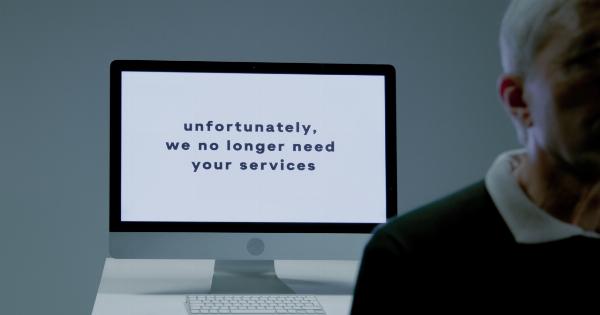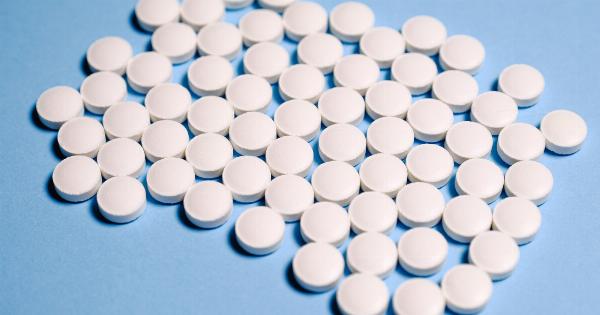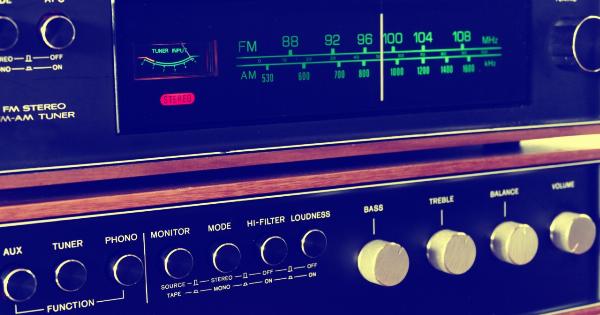There are various theories regarding the dangers of overconsumption of salt. High blood pressure and heart diseases are some commonly cited risks of consuming excessive sodium.
However, what many people fail to realize is that low sodium levels can also be bothersome for health. .
What is Sodium?
Sodium is a vital mineral that your body requires for essential body functions. It is an electrolyte that helps regulate blood pressure, water balance, and pH levels of your body.
Sodium is also required for nerve and muscle activity and helps in nutrient transportation.
Why is Sodium Important?
Sodium is essential for various body functions, but the body doesn’t produce it naturally. Hence, it needs to be consumed through food and beverages. Most people consume sodium from table salt, also known as sodium chloride.
A diet with adequate salt intake is essential for multiple reasons.
Salt and Water Balance In Your Body
Sodium is an electrolyte that’s essential for a healthy balance of water in the body. Sodium helps to regulate the volume of water inside and outside of our cells.
The balance of water in our cells directly affects our blood volume and blood pressure.
Sodium is lost each day through urine, sweating, and stool. It’s important to consume adequate amounts of sodium to replenish what’s lost and maintain optimal water balance.
Sodium and Nerve Function
Sodium also plays a vital role in nerve function. The nervous system sends electrical signals from our brain throughout our body to control our muscle movements and organ activity.
Without enough sodium, our nerves cannot transmit electrical signals correctly, which can lead to symptoms such as muscle cramps, weakness, and fatigue.
Low Sodium Levels Can Be Dangerous
We all have heard of the dangers of consuming too much salt, but the dangers of consuming too little are often ignored or overlooked. Low levels of sodium, also known as hyponatremia, can lead to various health problems.
Symptoms of Low Sodium Levels In Your Body
The symptoms of low sodium levels can vary from mild to severe, and some of them include:.
- Headaches
- Nausea and vomiting
- Muscle weakness or cramps
- Confusion
- Seizures or convulsions
- Coma or death
What Causes Low Sodium Levels?
Low sodium levels can be caused due to a variety of reasons, such as excessive sweating, vomiting, diarrhea, and certain medications. Drinking too much water without taking enough salt can also cause a low-sodium state in the body.
Who is at Risk of Low Sodium Levels?
Certain factors can increase the risk of low sodium levels in the body. These include:.
- Older adults
- Athletes who sweat excessively
- People with kidney, liver or hormonal disorders
- Those who take diuretics or blood pressure medication
How Much Sodium Do You Need?
The American Heart Association recommends consuming no more than 2,300 milligrams (mg) of sodium per day. However, most adults consume more than this recommended amount, primarily through processed and packaged foods.
For people who are more vulnerable to blood pressure-related issues, such as older adults and those with hypertension, the recommended daily sodium intake is 1,500 mg per day.
Conclusion
Salt can be both beneficial and harmful to our health. Consuming too much can lead to high blood pressure and other related diseases, while consuming too little can lead to hyponatremia, causing severe symptoms.
Therefore, it’s essential to consume an adequate amount of sodium as per your body’s requirements to maintain optimal health and balance.






























